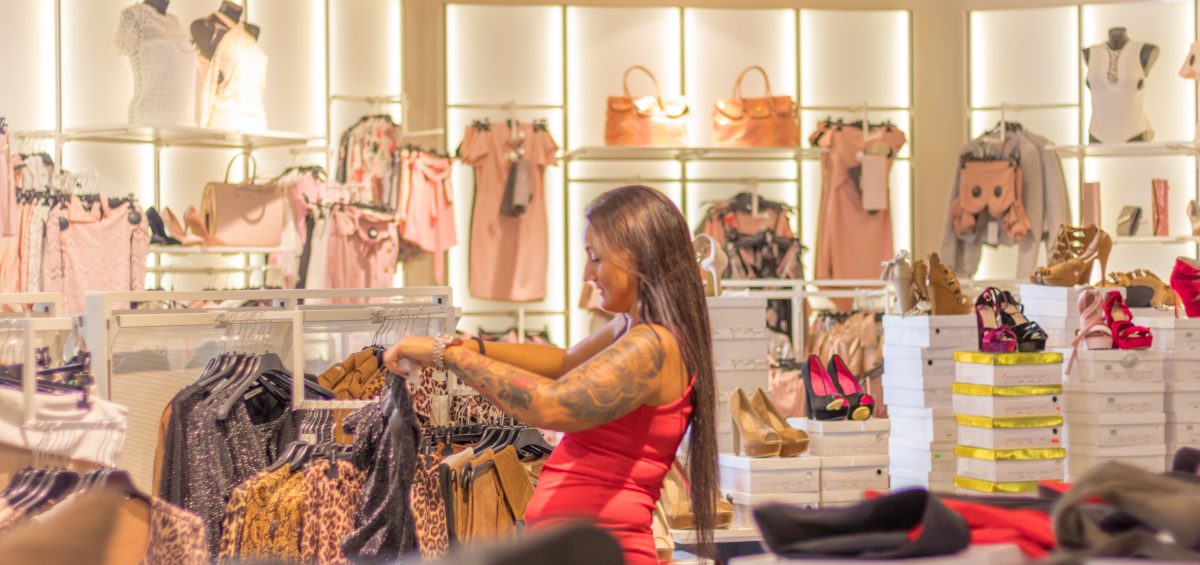Retailers: Are Your Customers Shopping Around?
There can be few industries where the need to understand, respond to, and even anticipate consumer behavior is more important than retail. And consumer behavior is changing in unprecedented ways, during the global pandemic.
In a new paper I have written for Mythos Group I consider the importance of understanding the dynamics of consumer behavior as one of five key factors for future retail success, post-COVID-19:
1. Employee and Customer Safety
2. Corporate Restructuring
3. Transition to Digital
4. Supply Chain Resiliency
5. Understanding Consumer Behavior
Understanding Consumer Behavior In Lockdown And Beyond
As COVID-19 related restrictions begin to lift, and pockets of spending return, consumer behavior continues to be driven by new personal circumstances, such as changes in discretionary income, leisure time, and reconsidered values and priorities.
Retail consumer shopping behavior and priorities are evolving and are highly unlikely to snap back to what they were before. By carefully listening to their consumers, retailers can ensure they thrive in the new normal.
Some key behavioral changes to be considered include:
- Embracing Digital Commerce And Omnichannel Convenience: With the lockdowns, shuttered stores, and coronavirus related health concerns, many more consumers have embraced digital commerce. Consumers are leveraging the benefits omnichannel has to offer such as contactless payment, multiple touchpoints across platforms and devices, social commerce, virtual consultation, and curbside pickup.
- Spending Habits Dictated By Personal Circumstances: With unemployment at an all-time high, consumers’ discretionary spending income has changed, which has influenced their purchasing habits. Consumers are reassessing their priorities, and shopping more consciously – needs vs. wants.
- Promoting Local Goods And Products: Consumers are more mindful of what they buy, where they buy, and who they buy from. There is a growing consumer trend to support their local communities; consumers are seeking out goods and essential products from their local markets.
- Shifting Brand Loyalty: Shuttered stores and significant breakdown in the supply chain has forced customers to become more pragmatic. Based on product availability and how the brand is supporting the current crisis, consumers’ brand preferences are changing. As we emerge from the pandemic, these changes may become permanent.
- Emphasis On Public Health And Safety: As consumers contemplate where to shop in-store, they are evaluating the emphasis the retailer has put on public health and safety. For example, mandating the use of face masks, providing hand sanitizers, and offering contactless payments and curbside delivery.
Looking To The Future
It would be an understatement to say that the ongoing COVID-19 pandemic has significantly impacted the retail industry and is reshaping the customer experience. Understanding changing expectations, desires, and behaviors has never been more vital.
Mythos Group’s white paper, Post-COVID-19, Reimagining the Retail Sector, contains more detail on this and other recommendations, and is available to download for free from https://bit.ly/MG-White Papers.







